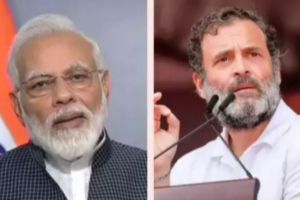After the closure that has stretched to close to a year and a wasted academic calendar, the West Bengal government has unwittingly or otherwise consented to segmented learning. Education minister Partha Chatterjee’s decision to allow the reopening of schools for classes 9 and 11 is intended to take care of students ahead of the board exams.
This appears to be the singular consideration. The bulk of school students have thus been excluded from the scheme of things. A pie-chart would indicate that the interests of only two classes out of 12 would be taken care of. Learning can’t be pursued for a fraction of students. Of course, the school authorities are right when they insist on Covid protection protocol and parental consent.
Even after a year of the virus affliction, the risk of infection is real. But a schedule for phased reopening could have been worked out before the minister went ahead with his announcement. Mr Chatterjee’s meeting on Wednesday with the authorities of universities made no headway as the Vice-Chancellors ruled out the reopening of hostels and insisted on suitably sanitised classrooms.
The minister apparently was not in a position to offer a positive assurance on either suggestion. Which would suggest that no concrete steps have been thought of before the gates are reopened. In the net, the state government appears to have acquiesced to four segments of learning. It thus comes about that instruction will only be imparted to those in the school’s senior classes and who will write their papers in a public exam.
There will be no classes in the immediate perspective, specifically at the under-graduate level, not to mention post-graduate studies and above. On the face of it, the system is quirky. On closer reflection, however, neither the government nor the school authorities can take the risk of yet more afflictions in course of the search of learning. Schools by and large are awaiting the government’s guidelines, which have not been announced.
It s a sobering thought that schools are taking the initiative, with several private institutions planning to write to the Chief Minister, requesting her to reopen at the earliest schools where shutters have been down since March last year. It is almost a damned-if-you-do and damned-if-you-don’t scenario for the authorities of primary and secondary schools, colleges and universities.
Small wonder that several hundred private schools are keen on discussing the issue of reopening with the state’s department of education. (In Andhra Pradesh and Assam, for instance, schools reopened several weeks back). It is imperative for the state government to craft a blueprint on the “open sesame” option.
With such indecision, the advancement of learning is bound to hit the reefs because of the near-total segmentation. While the hesitant approach may be explained by the risk to public health, Bengal should study models followed in other states before coming up with a comprehensive plan. The uncertainty must end.











